READY TO GET STARTED?
REQUEST A FREE ESTIMATE
Fill out the form below or call (888) 466-7849 for a free, no-obligation estimate.
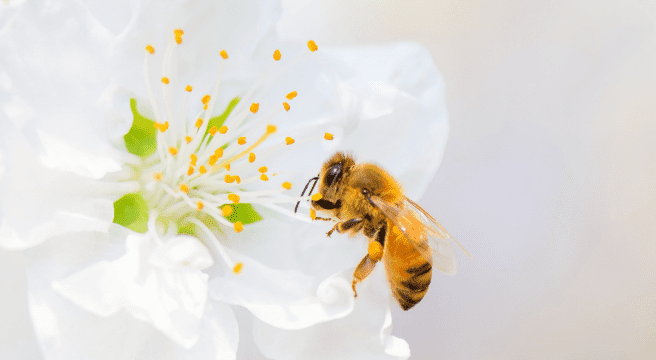
Spring is around the corner, and that means our favorite stinging insects are making a return! Some of these stinging pests are very beneficial for pollinating flowers, but some are not so nice for your home. Check out our list of popular stinging insects in the southeast and what you should know about them!
Bumblebees
Bumblebees are relatively harmless and can be greatly beneficial for pollinating flowers. These insects can be identified by their black and yellow markings and an overall fuzzy appearance. They build their nests out of pollen buildup and will usually build them in the ground or a dense grass clump. If they feel threatened, they can become aggressive and result in stinging, so if the nest is found near a structure, then control may be necessary.
Carpenter Bees
Carpenter bees are often confused with bumblebees, but the top of their abdomen is largely bare and shiny. They are a serious threat to your property, as they burrow deep into wood to make galleries for nurturing their young. Male carpenter bees are territorial, and you may find them hovering in front of your face aggressively, but they have no stinger and these actions are merely for show. Female carpenter bees have a powerful sting which is rarely used.
Honeybees
Honeybees are less than an inch in size and are orange-ish brown or black in color. They are considered social insects and live as colonies in hives, where they can reach sizes up to 80,000 inhabitants. Three types of honeybees live in a beehive: worker, drone, and queen. Each has its important roles and performs specific duties within a bee colony. Honeybees are very beneficial and pollinate 85 percent of food crops intended for human consumption. They are critical to our environment and provide us with honey, which has many positive health benefits.
Yellow Jackets
Yellow jackets are less than an inch in size and are yellow and black in color. These pests reside in nests constructed of paper cartons, which can grow to be the size of a baseball. One nest can contain multiple rounded paper combs which are attached to one another and covered in many layers. Depending on the species, the nest can be near the ground, such as plant roots, logs, or timber; or aerial and attached to shrubs, houses, garages, or sheds. Yellow jackets are slow to sting unless they feel threatened. They are considered beneficial because they control many pest insect species, like flies and aphids.
Remember – it is not recommended to attempt to remove a stinging insect nest on your own and doing so can be extremely dangerous. Instead, work with a local pest control company to access your property and the nest, identify the type of stinging insect (like wasps or other dangerous stingers) and determine the best way to eliminate the threat to your family.
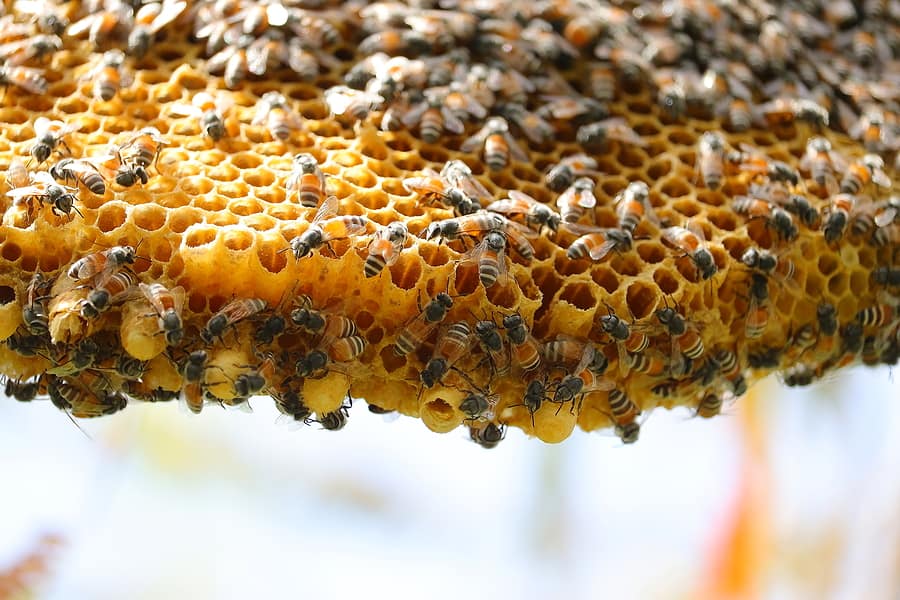
Honeybees are extremely beneficial to our entire environment for their role in pollination. These bees help with the growth and reproduction of plants and each bee can pollinate more than 100 crops! It’s important to understand why these insects are important and how we can best protect them moving forward.
There are three types of honeybees: adult workers, drones, and the queen. The adult worker bees, who are all female, are all infertile. Their main role in the colony is to collect pollen and nectar. The worker bees do have barbed stingers and, while they aren’t typically aggressive, they will sting if they feel threatened. Drones are male bees and do not have stingers, nor do they collect nectar. Their primary role is to mate with the queen bee. Queen bees are slightly larger than worker bees. The queen bee plays a vital role in the bee colony, as she is the only bee who can produce more honeybees.
Honeybees are active pollinators and will produce honey. Since these insects are the only social insects, their colonies can survive for many years, with an individual colony containing anywhere between 20,000 to 80,000 bees. If the colony’s size gets too large for the available hive space or the queen begins to fail, the bees will start swarming. While these bees aren’t aggressive, they will attack when they feel like their colony is being threatened.
The production of honey by honeybees is extremely important to the environment. Since honey does not have an expiration date, it can be used and reused several times. Honey also has medical benefits, from healing burns to fighting some allergies. Honeybees, as we know, help pollinate crops, which in turn helps us produce and reproduce the plants and food we use to survive.
While bees have positive effects on our environment, some people can be a little wary of them on their property. Protecting these insects is crucial, and it’s recommended that the first and only treatment for these bees is removing and relocating them and their hives by local beekeepers. If you notice you have a honeybee colony on your property, reach out to a pest control company that can provide safe relocation for these insects.
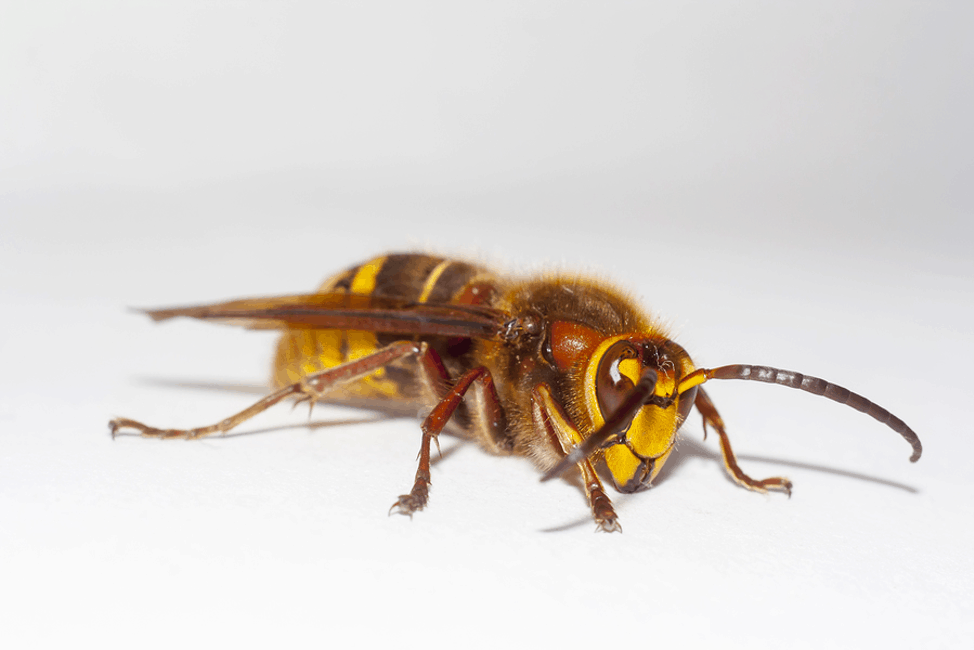
Asian Giant Hornets (Vespa mandarinia), also known as “Murder Hornets” have now been found in the United States for the first time ever. Although scientists are unsure when or how these pests first arrived, there have been verified sightings as far back as December in Washington state. These hornets were also discovered back in August 2019 in Canada in both British Columbia and Vancouver Island.
Asian Giant Hornets are larger than typical species of hornets with an average length of 1.5 to 2 inches. They have large yellow to orange heads with prominent eyes. They also have yellow/orange and black stripes extending down their abdomen.
“Murder hornets” are known to be aggressive. While they don’t typically go after humans, they will attack if they are disturbed or threatened. Their stingers are longer and more dangerous than those of bees and are even capable of penetrating typical beekeeper suits. They will attack aggressively in groups and their collective stings can administer enough toxic venom to be equivalent to the bite from a venomous snake. Multiple stings to a person can be fatal. In fact, these hornets are known to kill up to 50 people per year in Japan.
The life cycle of the Asian Giant Hornet begins in April prompting concern from scientists and researchers that a wave of these predators is imminent. Queens will soon be emerging from hibernation in search of new locations for underground nests. Once these are established, workers will be sent out in search of food for the newfound colony. This usually happens in late summer and early fall.
These “murder hornets” are a significant predator to honeybees, one of the most important pollinators in the United States. In fact, Asian Giant Hornets are capable of wiping out an entire honeybee hive in a matter of a few hours. The worker hornets will decapitate the bees and bring their thoraces back to the colony to feed their young. This is problematic for the US as honeybee and other pollinator populations are already on the decline. Pollinators increase the United States’ annual crop values by $15 billion.
Because of this threat to the honeybee population, scientists are actively searching for Asian Giant Hornets and their nests to keep their population from becoming established and completely eradicating the bee population here. The fact that these hornets’ nests are often found underground coupled with the ideal and vast climate and landscape of Washington state, tracking down these nests is quite difficult. Scientists have mapped out search grids and are moving painstakingly across the state in search of these pests. They are placing traps with geotagging and implementing geothermal imaging of the forest floors. They also have plans to try other methods in the future such as tracking the signature hum the hornets make when they are in flight and tagging and tracking any hornets that are caught in the traps.
While the “murder hornets” don’t pose an immediate threat to the Southeast states right now, it’s important to be aware of the destruction they can cause. For any questions regarding bees or other pests, contact a Northwest team member at (888) 466-7849 or request a free estimate now.
Sources:
https://www.cbsnews.com/news/murder-hornets-united-states-honeybee-populatiopn/
https://www.nytimes.com/2020/05/02/us/asian-giant-hornet-washington.html
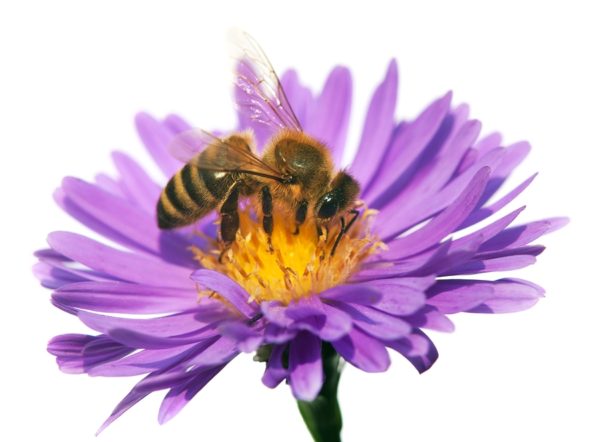
We’ve all been there before… you’re sitting in your house and you hear an incessant buzzing. All of a sudden something flies past your face! If you’re like most of us, your first thought it aghh! A bug in my house! Once you get over the initial shock of being dive bombed by this home invader, your next thoughts might be: What kind of bug is this? Is there more than one? How did it get in my house? How do I get rid of it? While we can’t answer all of your questions, we can help with a few. We’ve listed some of the most common flying pests below, as well as some tips to prevent them from getting into your home.
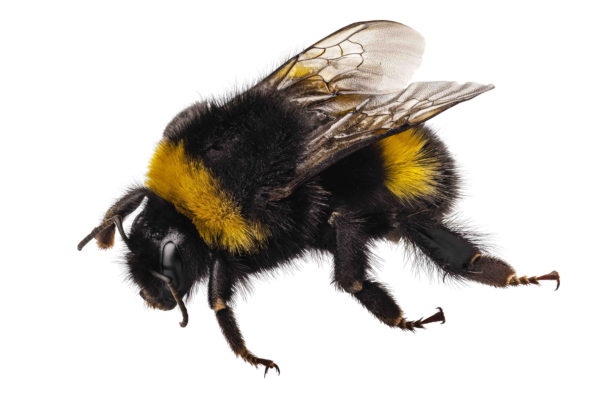
While there are several different species of bees in North America, we are going to look at bumblebees, honeybees, and carpenter bees.
Bumblebees are large, clumsy looking insects with oval shaped bodies. They are extremely fuzzy. They are yellow and black striped in color. They typically grow between 1/4″ and 1″ in length.
Honeybees are predominantly golden yellow with brown bands, but they can also be orange-brown in color. They have a very hairy appearance. They can grow to be about 1/2″ in length. They also have flat hindmost legs which are used to carry pollen.
Carpenter bees have a fuzzy body that is very robust in shape. Their bodies are yellow except for their abdomen which is shiny black. Males also have a white patch on their faces. Carpenter bees grow from 1/2″ to 1″ in length.
Bumblebees typically make their nests underground so their nests may not be visible. They will often make their nests in old mouse burrows or in dense clumps of grass. They have also been known to make their nests under woodpiles or behind the siding of homes. Bumblebees are found throughout the United States.
Honeybees typically make their nests in beehives, trees, hollow logs, and piles of logs. It is very common for them to get inside your home and nest in attics, wall voids, chimneys, and crawlspaces. Honeybees are found throughout the United States.
Carpenter bees create their nests in pieces of wood – preferably soft wood that has not been painted or sealed. They will often make their nests in decks, porches, roof eaves, wooden shingles, wooden playgrounds, in wooden outdoor furniture, and in sheds. The entry holes for carpenter bees are perfectly round.
All three species of bees feed on nectar and pollen from flowering plants. Contrary to popular belief, carpenter bees don’t actually eat the wood they burrow in to make their nests.
Female bumblebees have stingers but males do not. Bumblebees are not significantly aggressive but they will sting if they feel threatened. Their sting can be dangerous to humans with an allergy.
Honeybees are the only bee colonies that can survive for many years. They are very social insects. Female honeybees have stingers but males don’t. The female stinger is barbed which means it is only able to sting once. Honeybees aren’t known for being aggressive but they will sting if they are directly attacked.
Carpenter bees are very solitary insects and don’t create very large nest. Female carpenter bees have stingers but males don’t. Their sting is strong enough to cause a reaction in humans. Female carpenter bees are docile and rarely sting unless they are directly attacked. Male carpenter bees are very aggressive but don’t have stingers to do harm with.
All bees are protected as pollinators so treatment is only provided when they are deemed to be a nuisance or a threat. Removal is always the first treatment option because of this protected status.
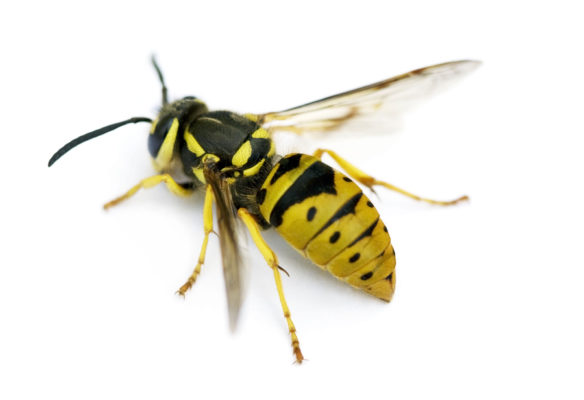
Yellow jackets have a sleek appearance. They are not fuzzy. They are black and yellow striped in color. They can grow to be 3/8″ to 5/8″ long.
Yellow jackets build their nests either high up or in the ground. Their elevated nests can be found in the walls of buildings or in attics and chimneys. Their ground nests are usually in areas that lack vegetation or in spaces next to the entrance of buildings.
Yellow jackets feed on other insects. They also eat any sweets and proteins that they come across. You can often find yellow jackets at outdoor events because they like to feed on sugary food scraps and drinks that are left out.
Yellow jackets have a smooth stinger which allows them to sting multiple times. They are usually docile unless their nests are approached. Then they become very aggressive and will sting repeatedly. Their sting can be life threatening if you are allergic. Yellow jackets are beneficial both as pollinators and because they help control the population of nuisance insects.
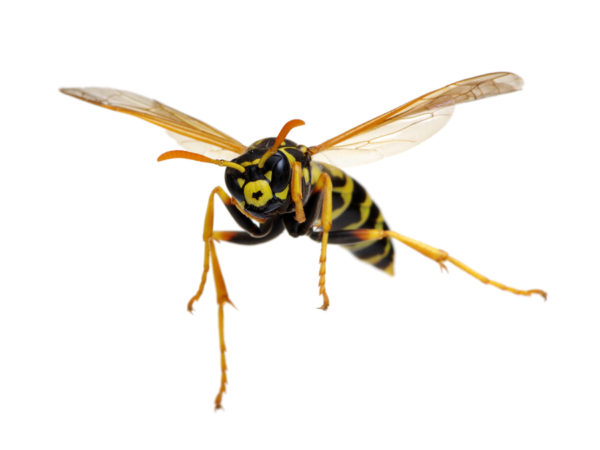
Paper wasps have a sleek appearance with a pinched waste and long, thin legs. They have gray wings and their bodies are black or brown with yellow or orange markings. Paper wasps can grow to be 5/8″ to 3/4″ in length.
Paper wasps are found throughout the United States. They will build their nests of the ground on any horizontal surface they can find. Their nests are commonly found hanging from trees, shrubs, porches, decks, roofs, outdoor grills, and door frames. Their nests resemble an umbrella attached by a stem. Their name comes from the paper-like nests that they build.
Paper wasps are predatory insects and feed on a wide variety of insects and spiders. They also eat nectar and pollen.
Paper wasps have smooth stingers that allow them to sting multiple times. They are not typically aggressive but will sting to defend their nests. Paper wasps have facial recognition capabilities like humans and chimpanzees do. They can actually recognize the faces of their colony members.
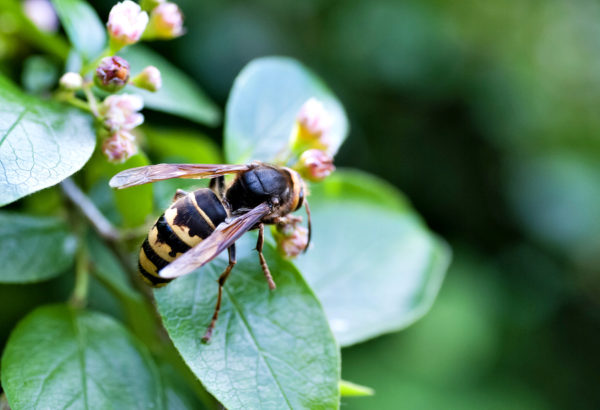
Hornets are much bigger than wasps. They are almost completely black except for an off white pattern on their face. They are long and thin with wasp-like bodies. They can grow from 3/4″ to 1-3/8″ in length.
Hornets are found throughout the United States. Hornet colonies only survive for 1 year. They build aerial nests that can be found in trees, on utility poles, on the side of homes, and under eaves. Hornet nests can be more than 14″ around and more than 24″ long.
Hornets are pollinators. Adults have a liquid diet that mostly consists of nectar and plant juices. They are also predatory and will prey on insects that they bring back to their nests to feed their larvae.
Hornets have a more painful sting than wasps do. A single hornet sting can be fatal if the victim is allergic. When hornets sting or feel threatened, they give off a pheromone that signals the rest of the colony to attack as well.
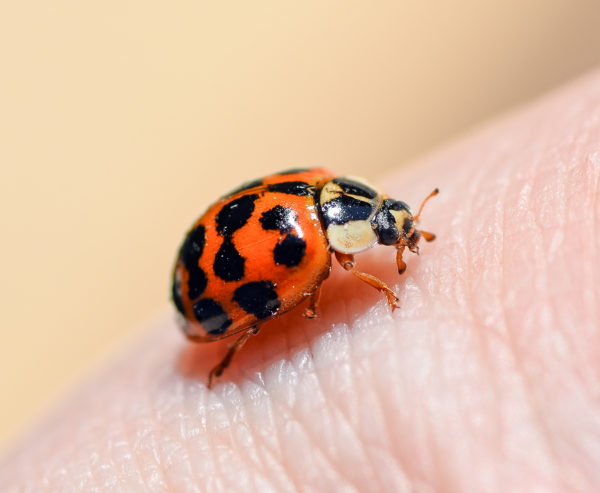
Ladybugs have a distinctive appearance. They are bright red, orange, or yellow with black spots. Their bodies are oval and dome shaped.
Ladybugs are found worldwide. There are over 5000 species total and 450 species in North America. Ladybugs live outside in gardens and landscaped areas. They aren’t able to tolerate cold weather so in the fall they will invade homes in search of a place to overwinter. They will typically gather on windowsills or you will see them crawling along walls. They tend to end up in attics, under flooring, and in wall voids.
Despite their appearance, ladybugs are predatory insects. They feed on a variety of other insects, helping to keep nuisance populations down.
Ladybugs secrete a substance wen they are threatened that makes them taste bad to their predators. They can also play dead if they feel threatened.
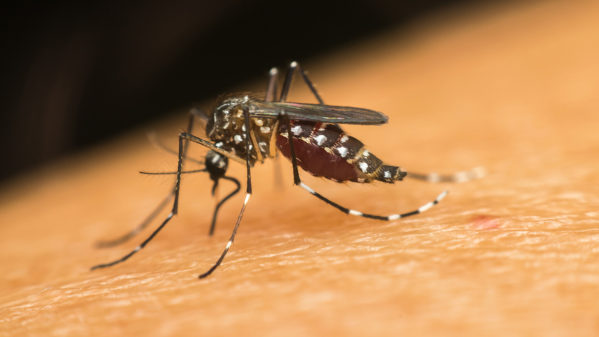
Mosquitoes have narrow bodies with long thin legs and transparent wings. They have gray bodies with white stripes on their abdomen. They also have long beaks that allow them to penetrate the skin. Mosquitoes can grow to be 1/4″ to 3/8″ long.
Mosquitoes can be found in almost every landscape environment on earth with the exception of deserts and the arctic. Mosquitoes are most often found near stagnant water as this is where they lay their eggs. They are often found on the edges of streams, lakes, and ponds; near wading pools; old tires; bird baths; tarps; piles of trash; clogged gutters; and wheelbarrows.
Mosquitoes feed on nectar and plant juices. Female mosquitoes bite to feed on blood.
The species of mosquito determines when they are most active. Some species are more active in the daytime while others become active at dark. Mosquitoes are capable of transmitting several diseases and pathogens to both humans and animals. Mosquitoes can transmit West Nile virus, Zika virus, Chikungunya fever, malaria, and canine heartworm among others.
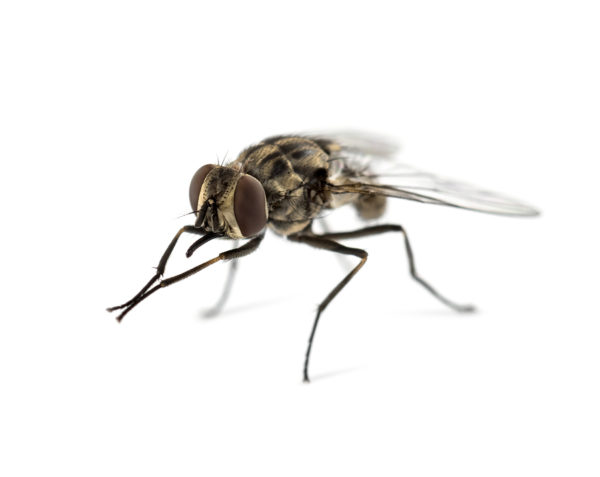
Houseflies have a very distinctive appearance. They have dull gray bodies with vertical lines on the top, a single gold stripe, and a silver stripe on their face. They can grow to be 1/8″ to 1/4″ in size.
Flies can be found in most homes. They enter through tears in screens, gaps around windows and doors, doors and windows that have been left open, and cracks in the foundation. They are attracted to homes by garbage, animal feces, compost piles, and leaky pipes. They will often rest on your floors, walls, and ceilings.
Houseflies are scavengers that eat a variety of different foods. They will feed on food found in pantries and kitchens, pet food, carcasses, garbage, or excrement. Houseflies are only able to eat liquids but they are able to turn many solid foods into liquid form so that they can eat it.
Houseflies can spread diseases when they land on your food or your food prep areas. They are the most common fly found in homes and only live from 15 to 25 days.
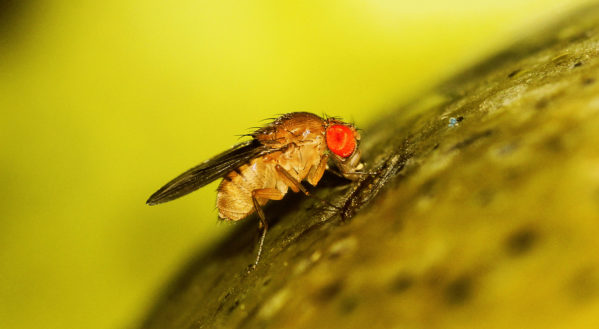
Fruit flies are extremely small in size, only getting about 1/8″ in length. They are usually brown, tan or black with distinctive red eyes. They are too small, however, for you to determine their color with the naked eye.
Fruit flies are found throughout the United States. They are usually seen in the kitchen, especially around fruits and vegetables. They live outside in spring and summer. They enter homes as hitchhikers on fruits and vegetables that we buy from stores that are already infested. They can also enter through small spaces in widows, doors, and walls. They are attracted by large gardens, compost piles, and fruit trees.
Fruit flies feed on very ripe fruits and vegetables like bananas, strawberries, melons, cucumbers, potatoes, and more. They also feed on fermented liquids like vinegar, cider, and beer.
Fruit flies are a nuisance. They enter your home in large numbers and are very difficult to eliminate. They can carry dangerous that can be transmitted to humans.
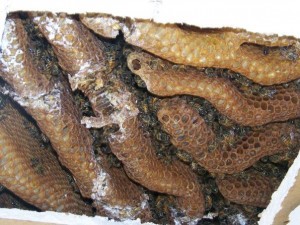 Last week, we experienced the process of democracy at its best. As a country, we were able to cast our votes on who we thought should be the President of the United States of America for the next four years. But did you know that our electoral process isn’t that much different than the process of how honeybees find a place to live?
Last week, we experienced the process of democracy at its best. As a country, we were able to cast our votes on who we thought should be the President of the United States of America for the next four years. But did you know that our electoral process isn’t that much different than the process of how honeybees find a place to live?
A female scout is sent out to find a new home for the hive. When the scout finds a suitable home that is large enough to store honey with small entrances to keep invaders out, it returns to the current hive to tell the other honeybees about their find. The scout will rave about the new findings by wagging her tail and dancing, this isn’t always the tactic that we see in our own politics but you never know. The scout travels back and forth many times to the prospective site. Each time she returns she continues to wag and dance for the other bees. When her moves are more enthusiastic it is a sign that she still thinks the new site is a great place to live, if her moves get less enthusiastic then the other bees know that she’s not as on board with the new site as she once was. In certain cases, similar to US politics, the scout bee will even head butt other scouts that are trying to convince the hive of going somewhere different.
Eventually, as a group, the bees determine which place is best for the whole group. See, just as with American politics, there is dancing around and even the occasional headbutting but the majority rules on what is for the greater good.